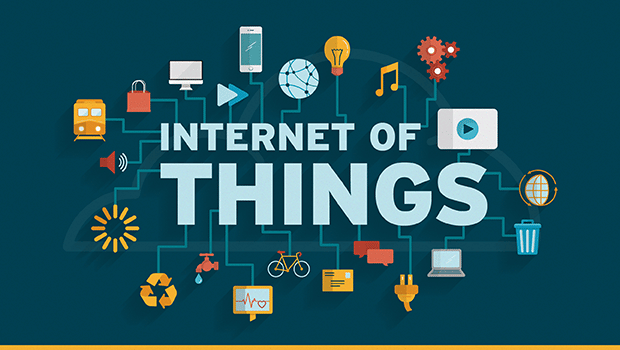IoT (Internet of Things) is an emerging area of technology with the power to transform how we interact with our world. Comprised of physical objects like cars and wearable devices connected by Wi-Fi or Bluetooth signals, it aims to connect people, places and things via networks of sensors and connectivity technologies.
Buildings, structures, vehicles and other objects embedded with electronics, software, sensors, actuators and network connectivity that allows them to collect and share data are known as connected objects. Thanks to this technology, every device, system or service connected by it can access the internet, providing much greater automation and control.
1) History Of IoT
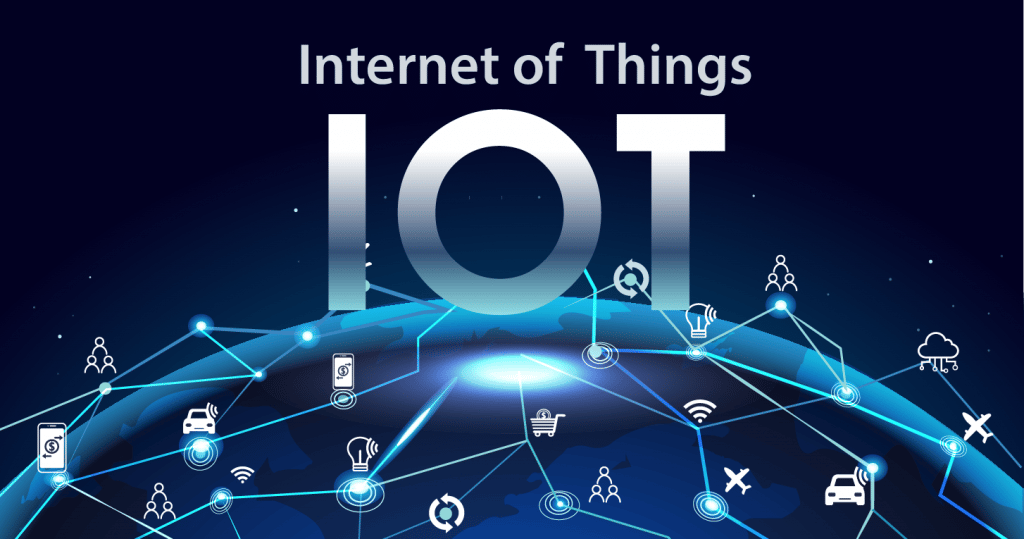
The Internet of Things has been discussed since its conception during research in the 1980s by researchers exploring its concept as “Computer-Integrated Environment.” As technology advanced, the concept of an interconnected network of physical objects began gaining traction; ultimately leading to its name being coined “Internet of Things” in 1999.
By the early 2010s, several technological breakthroughs had provided IoT with its foundation; such as low-cost sensors and cloud computing. Today, it has grown into a fast-moving industry with thousands of companies and millions in funding.
2) Components Of An IoT System
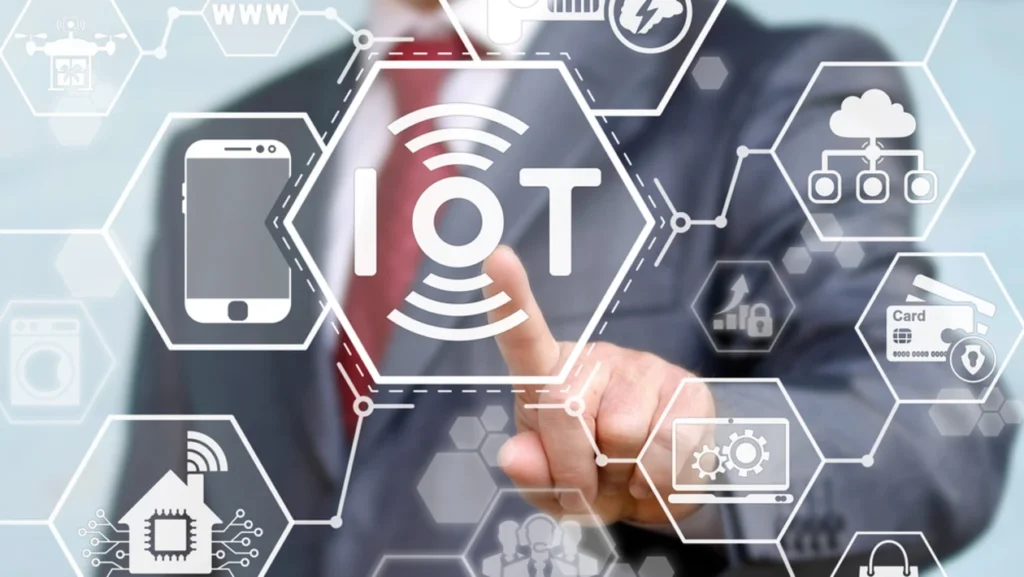
IoT comprises sensor networks, data analytics and actuator networks. Sensor networks collect environmental data while monitoring or controlling an application or providing remote maintenance; data analytics consists of observing, transforming and understanding data in order to make more informed decisions.
Actuator networks are networks of devices used to regulate or provide feedback in their environment, or control. IoT devices may fall into one of four categories: sensors, gateways, hubs and end devices.
3 ) Connectivity Technologies For IoT
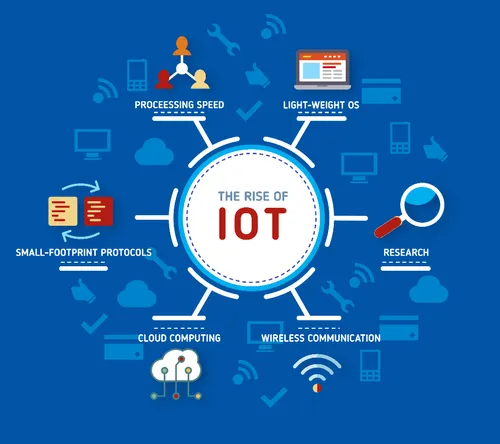
Connecting devices in an IoT system requires various technologies. End devices may be connected through wired or wireless connections; wired connections could include USB, Ethernet or even custom IoT cables.
Wireless connections may use either a standard WiFi network or a dedicated IoT network, with gateways being devices used to connect sensors to the network via WiFi, Ethernet, Z-Wave, Zigbee or any of a number of other networking protocols.
4) IoT Applications
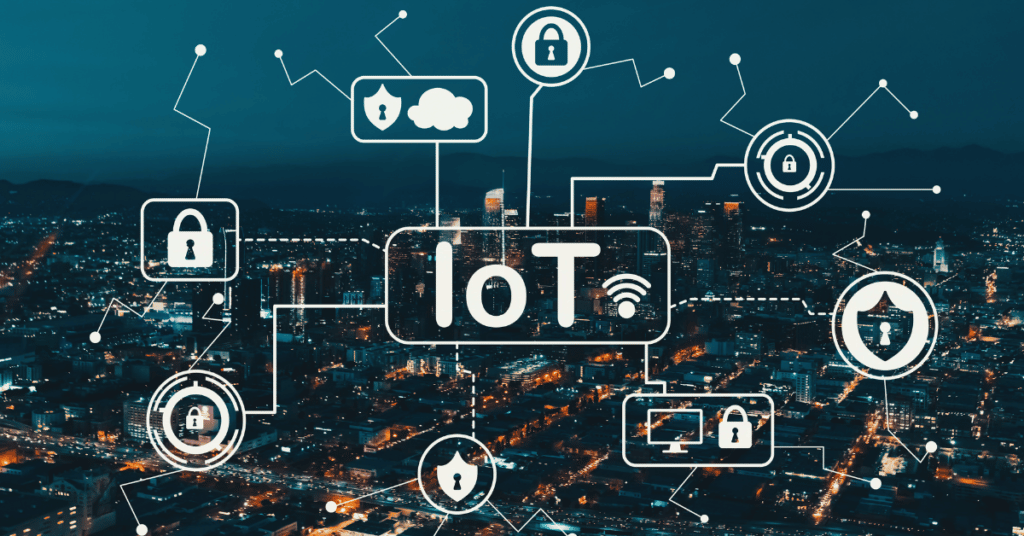
There are various uses for IoT technology. Healthcare and fitness – IoT devices can be used to monitor someone’s heart rate or exercise progress using sensors installed within devices connected to IoT networks.
Industrial automation – IoT devices can be utilized in factories to monitor production lines and detect machine failures, while home automation devices allow homeowners to remotely control lights, appliances and other household items via IoT.
5) Challenges Of IoT
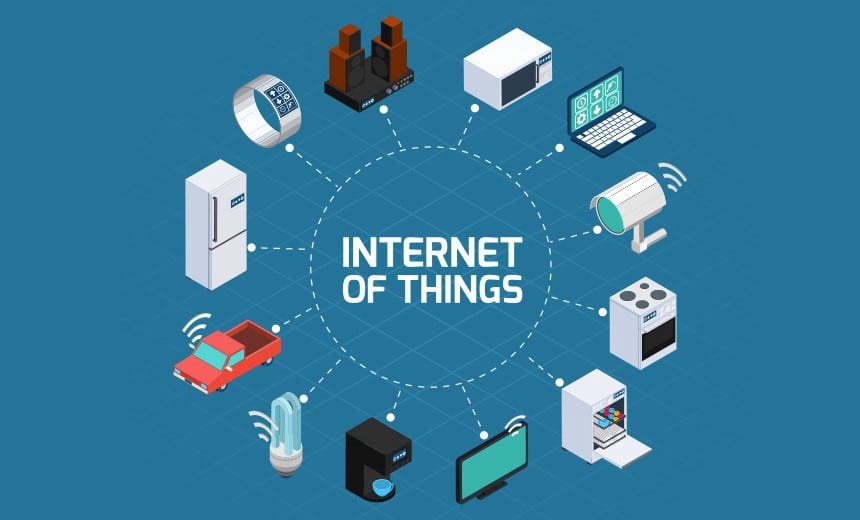
As with any new technology, Internet of Things applications present unique challenges. As this area is still developing, keeping up with advances can be difficult; furthermore, not yet widely adopted or standardised devices may make finding compatible ones hard.
IoT systems create vast amounts of data that is difficult to manage and store effectively. Users should keep security in mind when developing IoT solutions as it may become an area of weakness.
6) Security Considerations For IoT
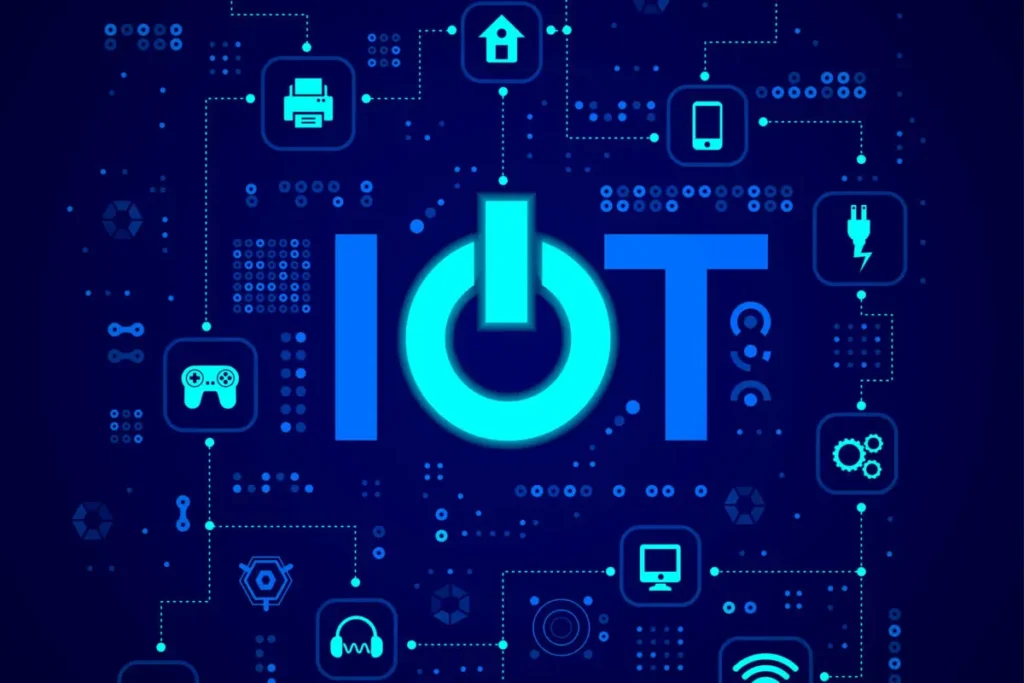
Internet of Things offers many benefits, yet companies must remain aware of any associated security risks. Companies should take proactive steps to protect IoT devices as well as ensure systems are properly protected – here are a few things you can do to secure them:
First, change the default password on your device. Additionally, consider installing an IoT firewall to further secure your IoT device and update regularly to take advantage of new security patches and protect yourself. There are numerous advantages associated with the Internet of Things; and changing default passwords regularly will only strengthen it further.
7) Benefits Of IoT
Also Refer:- 5 Things Wish Knew Before Getting First Smartphone
Internet of Things technology brings many advantages to companies, including automation and optimization of processes, reduced network costs, increased productivity, enhanced customer experiences, and increasing revenue streams. Connecting machines, sensors and data, IoT can enable organizations to optimize processes automatically while automating and streamlining processes for increased productivity.
Use IoT devices to link multiple systems together for maximum productivity. Reduce network costs by connecting devices that would normally connect to wired networks directly and improve productivity by enabling employees to complete work remotely or automating tedious tasks.

